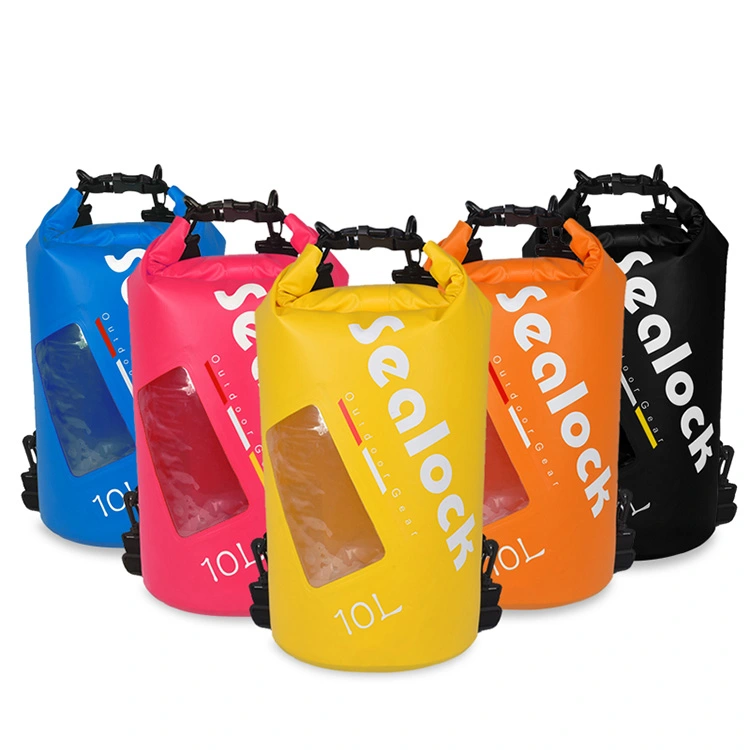
- English
- Español
- Português
- русский
- Français
- 日本語
- Deutsch
- tiếng Việt
- Italiano
- Nederlands
- ภาษาไทย
- Polski
- 한국어
- Svenska
- magyar
- Malay
- বাংলা ভাষার
- Dansk
- Suomi
- हिन्दी
- Pilipino
- Türkçe
- Gaeilge
- العربية
- Indonesia
- Norsk
- تمل
- český
- ελληνικά
- український
- Javanese
- فارسی
- தமிழ்
- తెలుగు
- नेपाली
- Burmese
- български
- ລາວ
- Latine
- Қазақша
- Euskal
- Azərbaycan
- Slovenský jazyk
- Македонски
- Lietuvos
- Eesti Keel
- Română
- Slovenski
- मराठी
- Srpski језик
What is the difference between a dry bag and a waterproof bag?
The terms "dry bag" and "waterproof bag" are often used interchangeably, but there are some subtle differences between them:
Construction: Dry bags are typically constructed with a roll-top closure system, where the opening of the bag is rolled down multiple times and secured with a buckle or clip to create a watertight seal. This design helps to prevent water from entering the bag, even when submerged or exposed to heavy rain or splashes. Waterproof bags, on the other hand, may have various closure mechanisms such as zippers, hook-and-loop fasteners, or snap closures. While these closures can also provide a degree of water resistance, they may not offer the same level of protection against immersion or prolonged exposure to water as a roll-top closure.
Intended Use: Dry bags are specifically designed for activities where water protection is essential, such as kayaking, rafting, boating, and camping. They are meant to keep contents completely dry, even in the event of submersion. Waterproof bags, on the other hand, may be more versatile and suitable for a broader range of activities, including everyday use, travel, and outdoor adventures where complete submersion is not a concern.
Durability: Dry bags are often constructed from rugged, waterproof materials such as PVC, vinyl, or nylon, designed to withstand the rigors of outdoor activities and rough handling. They are typically highly durable and resistant to tears, abrasions, and punctures. Waterproof bags may also be durable, but the level of durability can vary depending on the materials and construction quality.
Closure Mechanism: As mentioned earlier, the closure mechanism is a key difference between dry bags and waterproof bags. Dry bags utilize a roll-top closure system, which is known for its reliability in creating a watertight seal. Waterproof bags may have different closure mechanisms, which can vary in effectiveness in preventing water penetration.
In summary, while both dry bags and waterproof bags offer water-resistant protection for belongings, dry bags are specifically designed for activities where complete waterproofing and submersion protection are necessary, while waterproof bags may offer a more versatile and everyday solution with varying degrees of water resistance.



